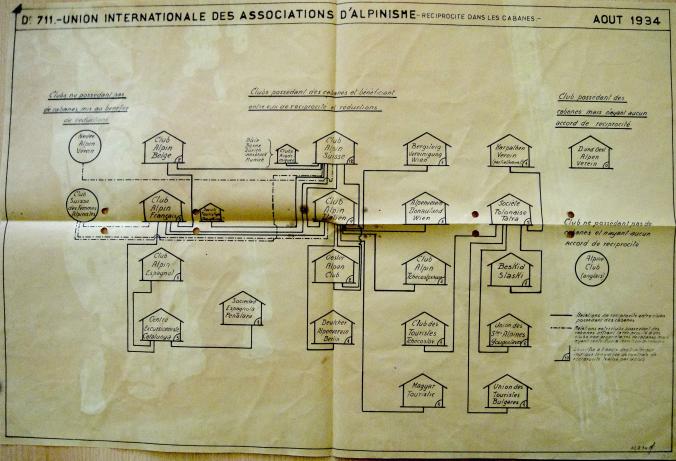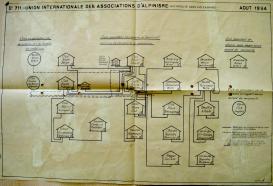This project explores how mountaineering and rock climbing contributed to the appreciation of verticality as a practical experience and spatial category in the long twentieth century. It traces the networks that climbers from across Europe, the Soviet Union, and North America forged in their endeavor to make vertical spaces around the globe accessible and comparable. These efforts included the establishment of the International Mountaineering and Climbing Federation, standardizing climbing grades, mapping vertical topographies, and developing technical skills and tools that aided vertical movement. By the end of the twentieth century, an international community had emerged bound together by their capability to move across vertical space.
In expanding the notion of expert communities to highly-skilled recreational groups and their physical practices, my project offers a cultural and material history of the twentieth century that integrates questions fundamental to the history of science—standardization, spaces, communication, and tools—with debates in political and cultural history such as interwar internationalism and new Cold War history.

The complicated arrangement of reciprocity agreements between European alpine clubs, 1934. International Mountaineering and Climbing Federation (UIAA), Berne, Switzerland.

